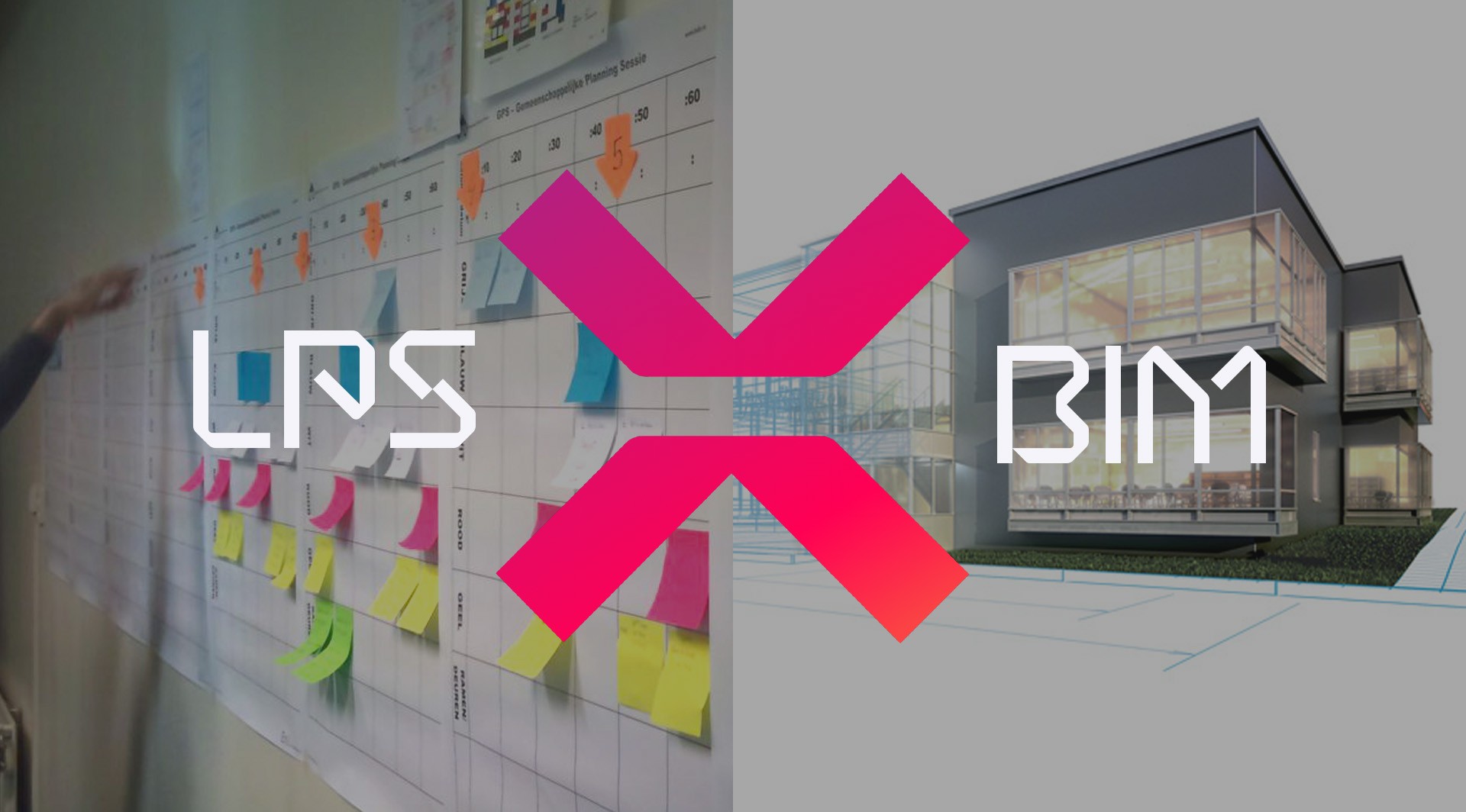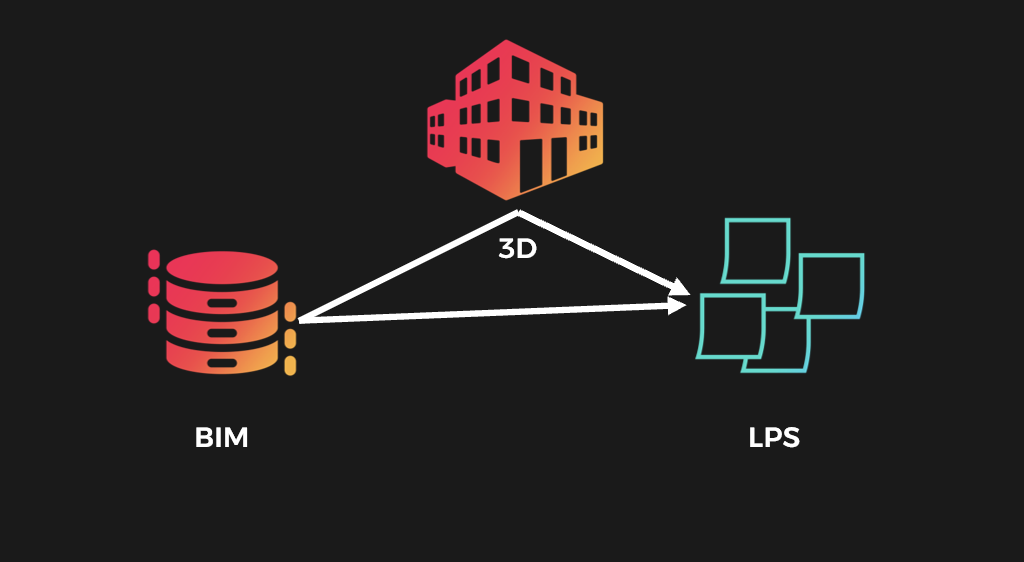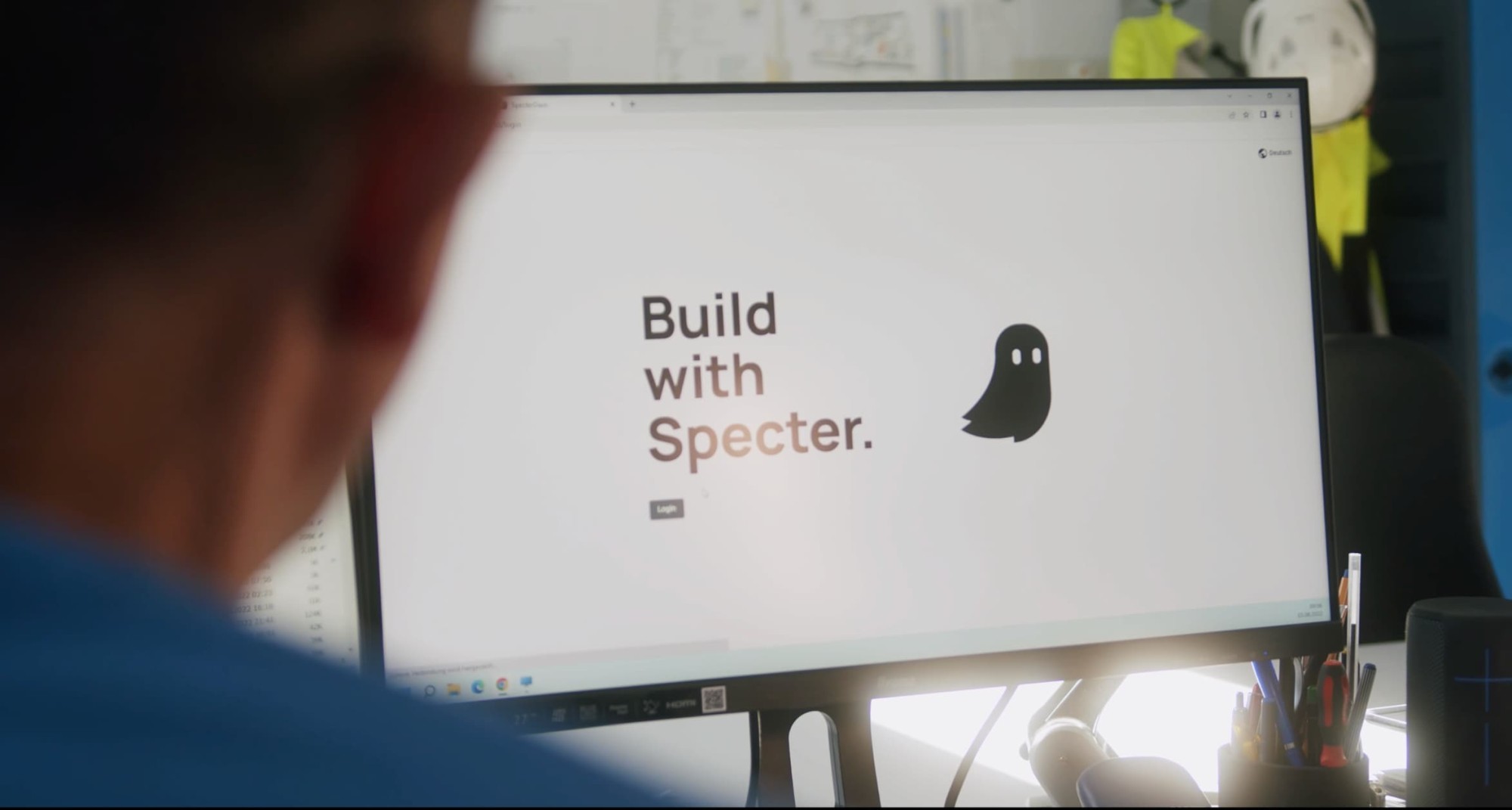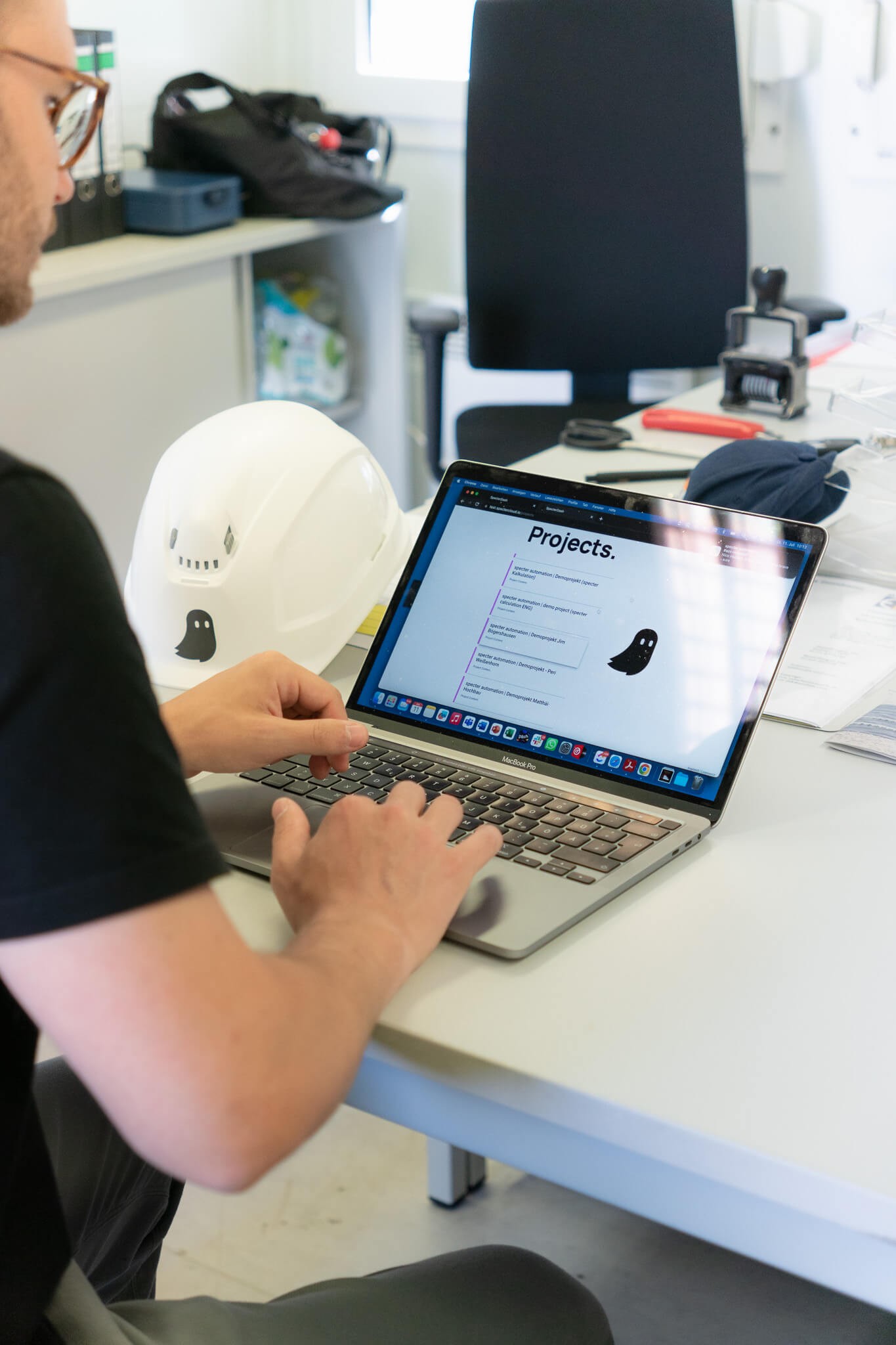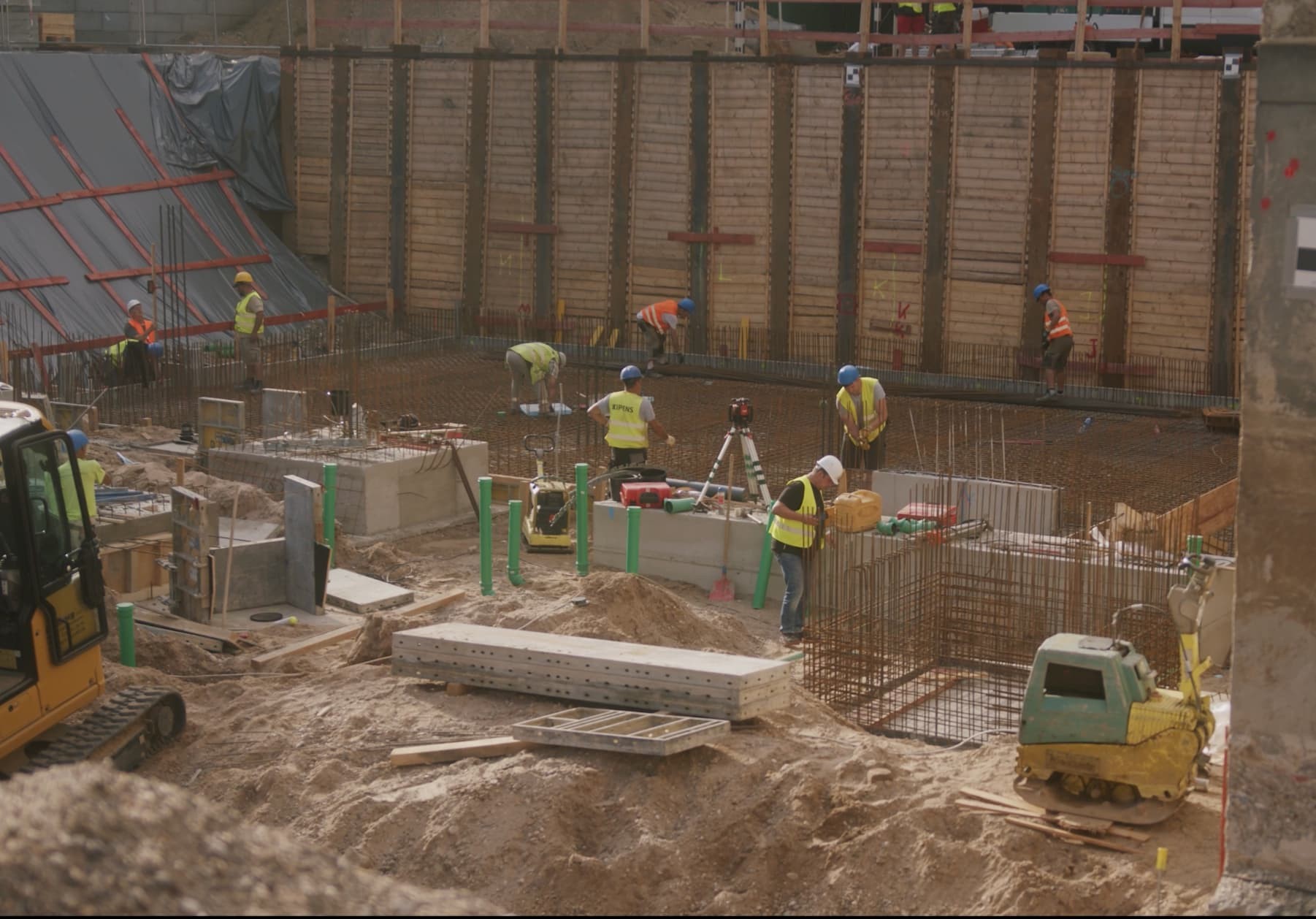Building Information Modelling: More than 3D models
When we talk about Building Information Modeling, or BIM for short, we are opening a window into the future of construction. Think of BIM as a virtual model of a planned building that not only looks like the actual building, but also "thinks" and "communicates". It's as if you have an intelligent 3D model that can tell you everything about the building - from the thickness of the walls to the type of heating system.
More than just 3D
BIM goes far beyond a simple three-dimensional representation. It's like giving a building a full health check before it's even built. This model is not just a visual representation, it contains a wealth of information that is important for every step of the construction process.
A plan that thinks for itself
Imagine planning a trip and having an app that not only shows you the route, but also takes into account the weather, tells you when to refuel and what sights you can visit. BIM is like this app, but for construction. It helps you plan, shows you what you need and adapts when things change.
Data, data and more data
Every element in the BIM model is filled with data. This can be anything from the type of screws in the door hinges to the lifespan of the roofing material. Think of it as a three-dimensional database: The information can be accessed and updated at any time, making it an invaluable tool for planning and managing a construction project.
Collaboration in a new dimension
With BIM, architects, engineers, contractors and clients all work on the same digital model. Changes made by one person are immediately visible to all. This promotes collaboration and helps to avoid misunderstandings that could otherwise lead to costly errors.
A living archive
After the building has been completed, the BIM model remains valuable. It serves as a digital manual that contains information on how the building should be maintained and operated. This is particularly useful when renovations or extensions are planned.
Advantages of BIM: an overview
Visualization: Allows everyone involved to see the planned work in the form of detailed models.
Coordination: Promotes collaboration through accessibility and transparency of planning information.
Accuracy: Reduces errors and enables more precise planning and execution.
Documentation: Provides a comprehensive database for the entire life cycle of a building.
